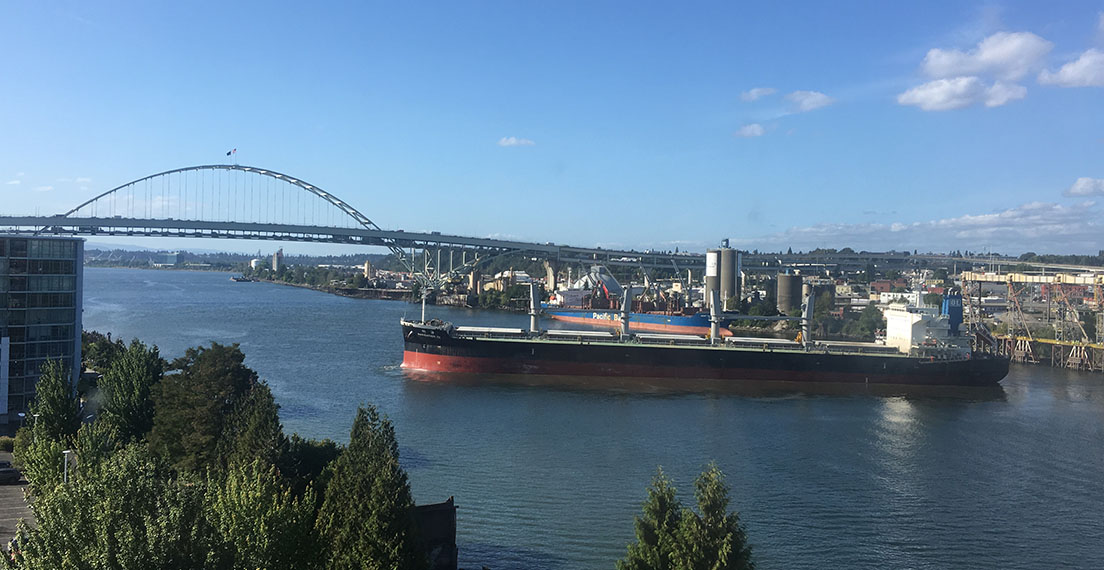Private grain companies in the U.S. wheat export system in the Pacific Northwest (PNW) overcome challenging logistics to deliver wheat that consistently meets contract specifications to buyers around the world. Grain sellers based in Gulf, Lakes and Atlantic ports operate very similar logistical systems to export wheat and other grains.
We are sharing a video and written look at how these successful companies do their work serving U.S. wheat farmers and overseas wheat buyers.
Sourcing Wheat From the Interior
An overseas buyer contracts with an exporter for wheat of specific class, grade, quality and price. It is then up to the exporter to source that wheat and get it loaded at the contracted price.
They do this reliably through a very efficient, system that moves the wheat to market using trucks, barges and rail to the vessel, often within a two-week shipping window.
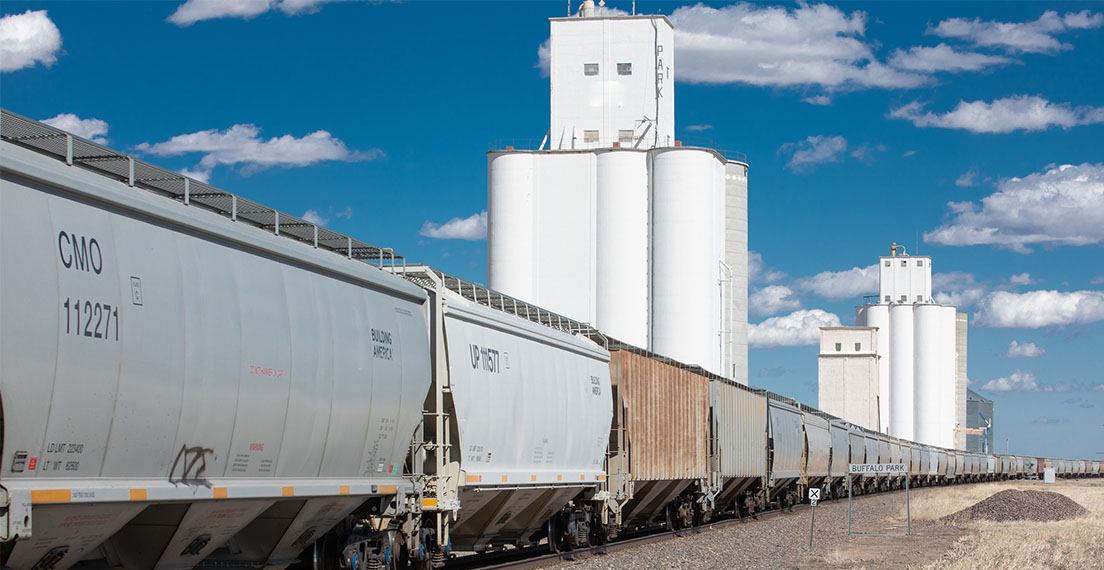
In the U.S. wheat export system, grain sellers source U.S. wheat supplies from local elevators close to the farms.
Hard red spring (HRS) wheat comes mainly from the Dakotas and Montana. Hard red winter (HRW) wheat originates mostly in Montana, Wyoming, Nebraska and some from PNW states.
Those classes are loaded onto dedicated 110 car unit trains that haul the wheat over the Rocky Mountains and down the Columbia River Gorge to the export elevators.
Farmers deliver much of the soft white (SW) and white club wheat grown in Washington, Oregon and Idaho to grain facilities on the Snake, Columbia or Willamette Rivers where it is loaded onto barges or trains for the ports.
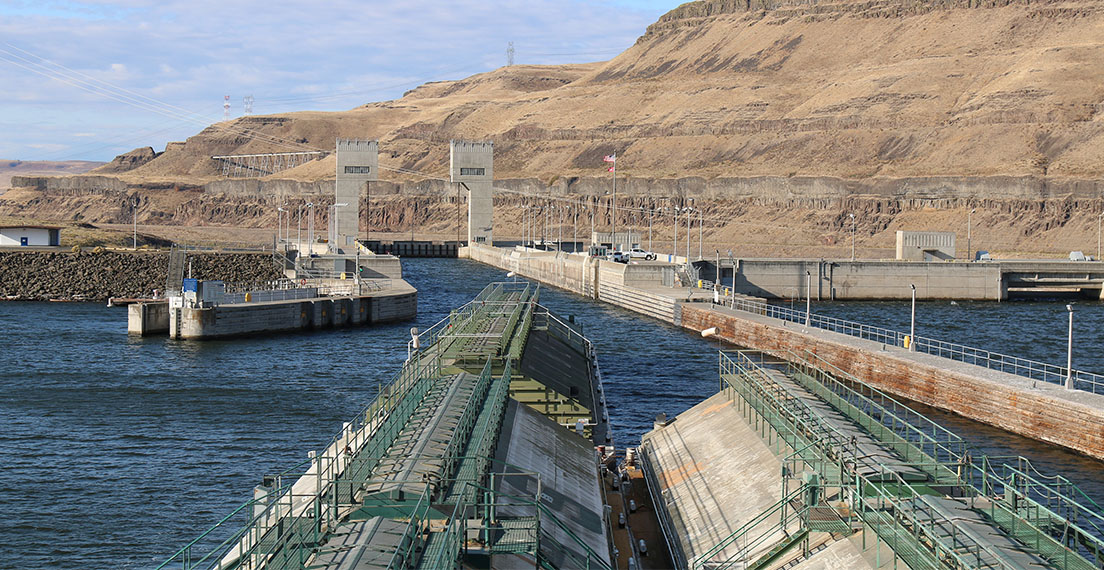
Because U.S. wheat is graded and segregated by class and quality at every step of the supply system, the export elevator knows they will receive the wheat they need to fill their customer’s contract.
Highly Automated Process
The receiving process at elevators in the U.S. wheat export system is highly automated. Numerous sensors and cameras allow only a few people to unload the wheat very quickly into temporary holding bins segregated by class, grade and quality.
Barges in this tributary can discharge 600 metric tons of wheat per hour. Unit train cars are opened and unloaded in less than 18 hours.
The export elevator’s shipping system is also automated. One person from a control room can select wheat from different storage bins and blend them together to be loaded onto the bulk vessel the buyer has chartered.
But, under U.S. law, that cannot happen until the wheat is inspected to certify that the quality loaded matches the customer’s specifications.
This highly regulated, standardized process is conducted by the USDA’s Federal Grain Inspection Service, or a state inspection agency supervised by and subject to the same standards as FGIS.
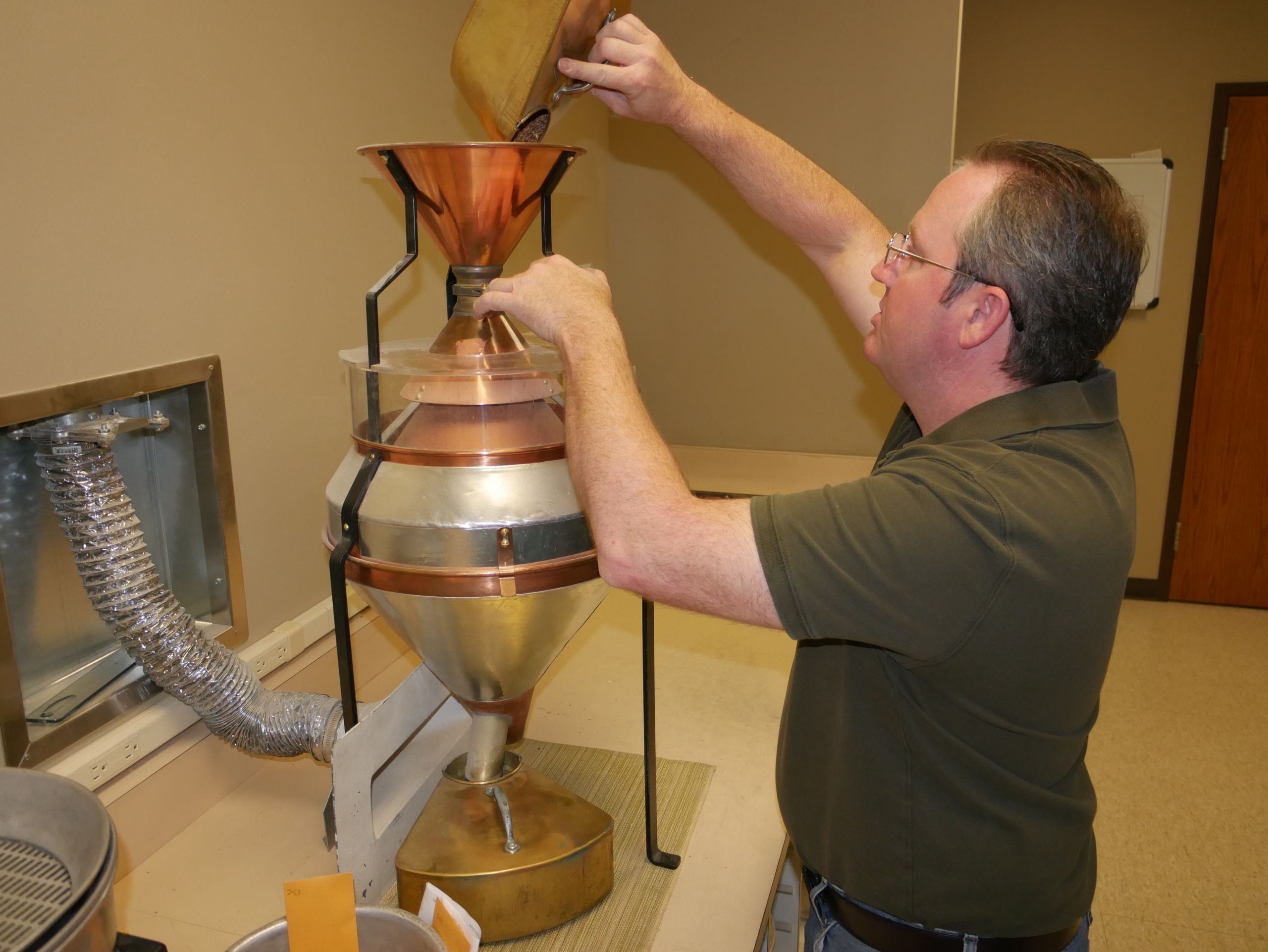
In this process, a specific amount of wheat is sampled every 15 to 20 seconds as it flows from the elevator into designated shipping bins holding from 1,000 to 2,000 metric tons.
The sample is collected in the FGIS lab at the elevator and the shipping bins remain closed while FGIS inspects each sample.
When the inspectors certify that the sample meets the customer’s contract specifications, FGIS opens the shipping bins, allowing the elevator to load that wheat onto the vessel. If not, the wheat in the shipping bin is returned to the elevator to be re-blended.
Quality Assurance
FGIS saves sub-lot samples from each shipping bin for 90 days in case an issue comes up when the wheat arrives at its destination.
To give the buyer additional quality assurance, about 10 percent of all samples are sent to a national FGIS Board of Appeals and Review to be re-inspected for quality control monitoring.
Those inspections generate valuable data that customers can use to get even more value from their purchases of high-quality U.S. wheat. Your U.S. Wheat Associates (USW) representative can help you make good use of this information as you write your tenders.
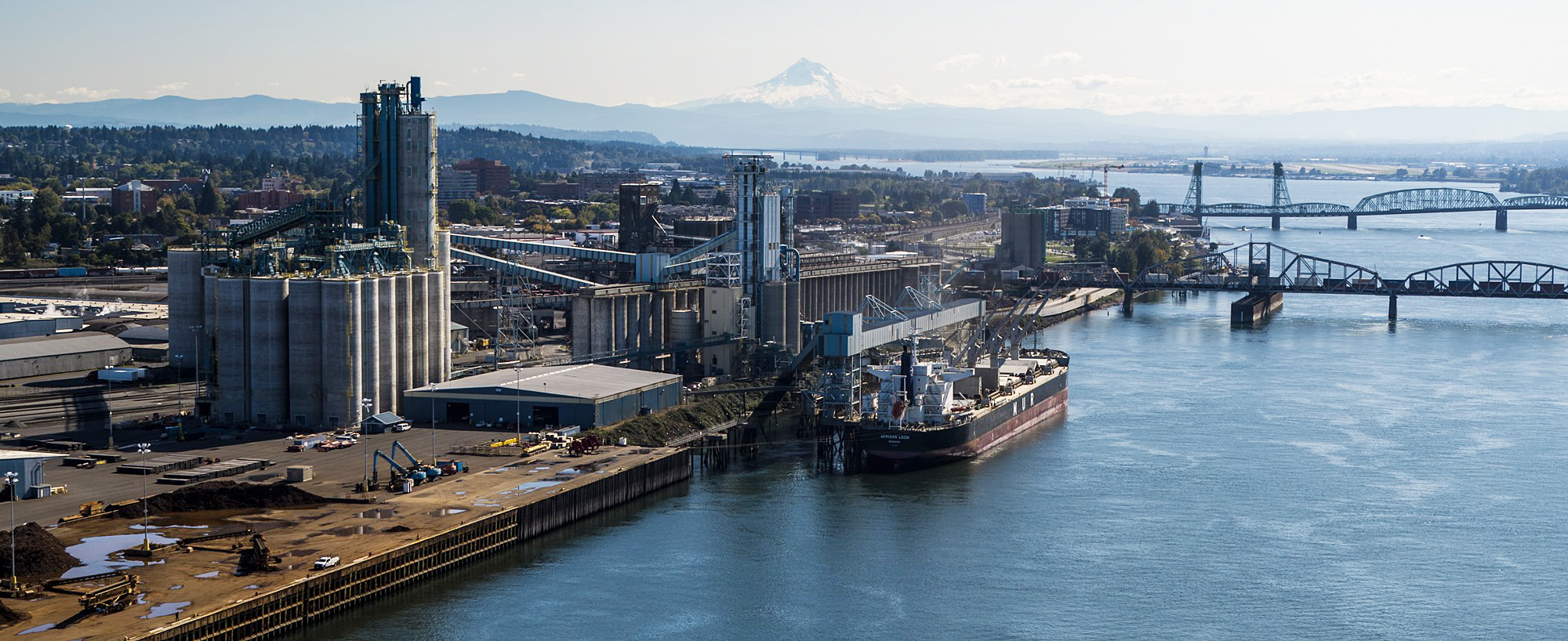
It is very reassuring to wheat importers that U.S. grain handlers segregate wheat by class and quality, and maintain its wholesome character, while moving wheat from inland farms and elevators to deep water ports more efficiently and economically than any wheat supply system in the world.
Learn More
More information about the U.S. wheat export supply system is available from USW online or from your local representative, including an interactive map of the system, a section on “How to Buy U.S. Wheat” and other resources.

